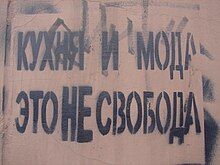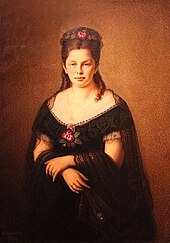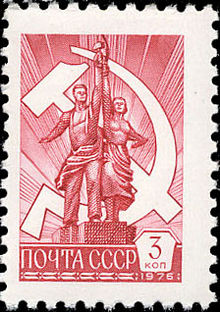Feminism is a range of socio-political movements and ideologies that aim to define and establish the political, economic, personal, and social equality of the sexes. Feminism holds the position that societies prioritize the male point of view and that women are treated unjustly in these societies. Efforts to change this include fighting against gender stereotypes and improving educational, professional, and interpersonal opportunities and outcomes for women.
Anarcha-feminism, also known as anarchist feminism or anarcho-feminism, is a system of analysis which combines the principles and power analysis of anarchist theory with feminism. It closely resembles intersectional feminism. Anarcha-feminism generally posits that patriarchy and traditional gender roles as manifestations of involuntary coercive hierarchy should be replaced by decentralized free association. Anarcha-feminists believe that the struggle against patriarchy is an essential part of class conflict and the anarchist struggle against the state and capitalism. In essence, the philosophy sees anarchist struggle as a necessary component of feminist struggle and vice versa. L. Susan Brown claims that "as anarchism is a political philosophy that opposes all relationships of power, it is inherently feminist".
Women's studies is an academic field that draws on feminist and interdisciplinary methods to place women's lives and experiences at the center of study, while examining social and cultural constructs of gender; systems of privilege and oppression; and the relationships between power and gender as they intersect with other identities and social locations such as race, sexual orientation, socio-economic class, and disability.
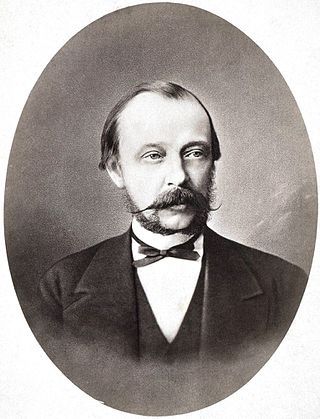
Count Dmitry Andreyevich Tolstoy was a Russian politician and a member of the State Council of Imperial Russia (1866). He belonged to the comital branch of the Tolstoy family.
First-wave feminism was a period of feminist activity and thought that occurred during the 19th and early 20th century throughout the Western world. It focused on legal issues, primarily on securing women's right to vote. The term is often used synonymously with the kind of feminism espoused by the liberal women's rights movement with roots in the first wave, with organizations such as the International Alliance of Women and its affiliates. This feminist movement still focuses on equality from a mainly legal perspective.
All-Russian Union for Women's Equality was a liberal feminist organisation formed in the Russian Empire during the Russian Revolution of 1905. The Union demanded equal political, particularly voting, rights to women. The Union had main centers in Moscow and Saint Petersburg and a number of local chapters in various cities of the Empire. At its peak in 1906, the Union had 8,000 members and 78 branches in 65 cities. The Union published monthly magazine Women's Union in 1907–09. The Union disintegrated soon after the end of the revolution. Despite lack of tangible feminist achievements, the Union succeeded in raising awareness and political consciousness of many women in the Russian Empire.
The Russian Revolutions of 1917 saw the collapse of the Russian Empire, a short-lived provisional government, and the creation of the world's first socialist state under the Bolsheviks. They made explicit commitments to promote the equality of men and women. Many early Russian feminists and ordinary Russian working women actively participated in the Revolution, and all were affected by the events of that period and the new policies of the Soviet Union.

Women in Russia have a rich and varied history during numerous regimes throughout the centuries. Since Russian society is multicultural, the experiences of women in Russia vary significantly across ethnic, religious, and social lines. The life of an ethnic Russian woman can be dramatically different from the life of women of minority groups like the Bashkirs and the life of a woman from a lower-class rural family can be different from the life of a woman from an upper-middle-class urban family. Nevertheless, a common historical and political context provides a framework for speaking about women in Russia in general.
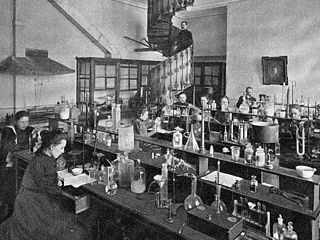
The Bestuzhev Courses in Saint Petersburg were the largest and most prominent women's higher education institution in Imperial Russia.
Feminism is one theory of the political, economic, and social equality of the sexes, even though many feminist movements and ideologies differ on exactly which claims and strategies are vital and justifiable to achieve equality.
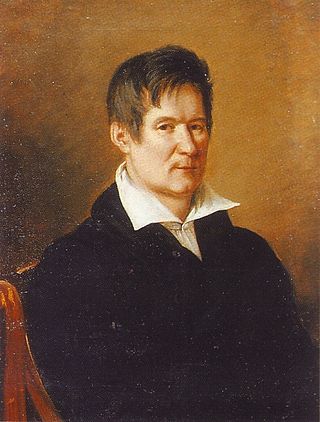
Vasily Petrovich Stasov was a famous Russian architect, born into a wealthy noble family: his father, Pyotr Fyodorovich Stasov, came from one of the oldest aristocratic families founded in 1387 by the 1st Duke Stasov Dmitri Vasilevich and his mother, Anna Antipyevna, came from the prominent Priklonsky family.
State feminism is feminism created or approved by the government of a state or nation. It usually specifies a particular program. The term was coined by Helga Hernes with particular reference to the situation in Norway, which had a tradition of government-supported liberal feminism dating back to the 1880s, and is often used when discussing the government-supported gender equality policies of the Nordic countries, that are linked to the Nordic model. The term has also been used in the context of developing countries where the government may prescribe its form of feminism and at the same time prohibit non-governmental organizations from advocating for any other feminist program. In this sense it is possible to distinguish between a liberal state feminism found in Western democracies such as the Nordic countries, and a somewhat more authoritarian state feminism that is often also linked to secularism, found e.g. in certain Middle Eastern countries.
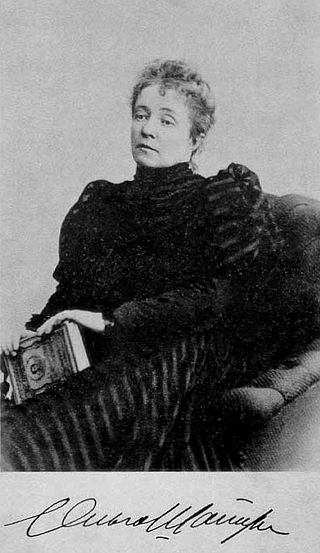
Olga Andreyevna Shapir, born Kisliakova, was a Russian writer, activist, and outspoken feminist.
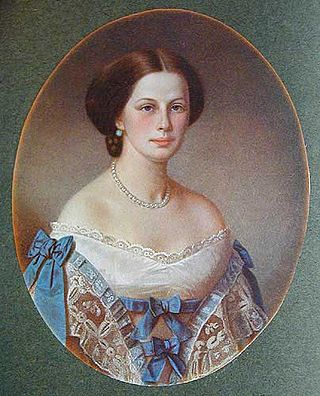
Anna Pavlovna Filosofova was a Russian feminist, activist, and philanthropist.

Maria Vasilievna Trubnikova was a Russian feminist and activist.

Nadezhda Vasilievna Stasova was a Russian educator, activist and feminist. Born into a noble and wealthy family, she dedicated herself to women's education and economic empowerment. Alongside Anna Filosofova and Maria Trubnikova, Stasova was one of the earliest leaders of the Russian women's movement. Together, the three friends and allies were referred to as the "triumvirate".
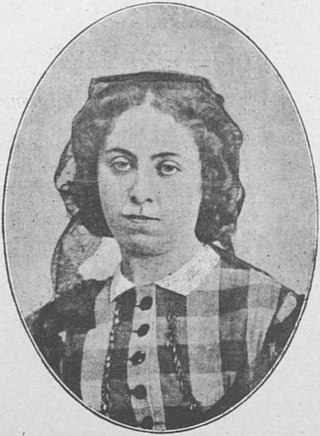
Evgenia Ivanovna Konradi was a Russian writer, journalist, and translator. She was first an editor, then owner of the newspaper Nedelya (Week), in which she published articles on society in foreign countries.
Anna Andreevna Kalmanovich was a Russian feminist and suffragette. Her public activities began with philanthropy in the 1890s and moved to radical feminism over the next several decades. It is not known if she survived the Bolshevik-led October Revolution of 1917.

Zinaida Sergeevna Ivanova, was a Russian feminist author and translator, under the pen-names of N. Mirovich and Zinaida Mirovich.
Ekaterina Shchepkina (1854–1938) was a Russian and later Soviet feminist, historian and journalist.
